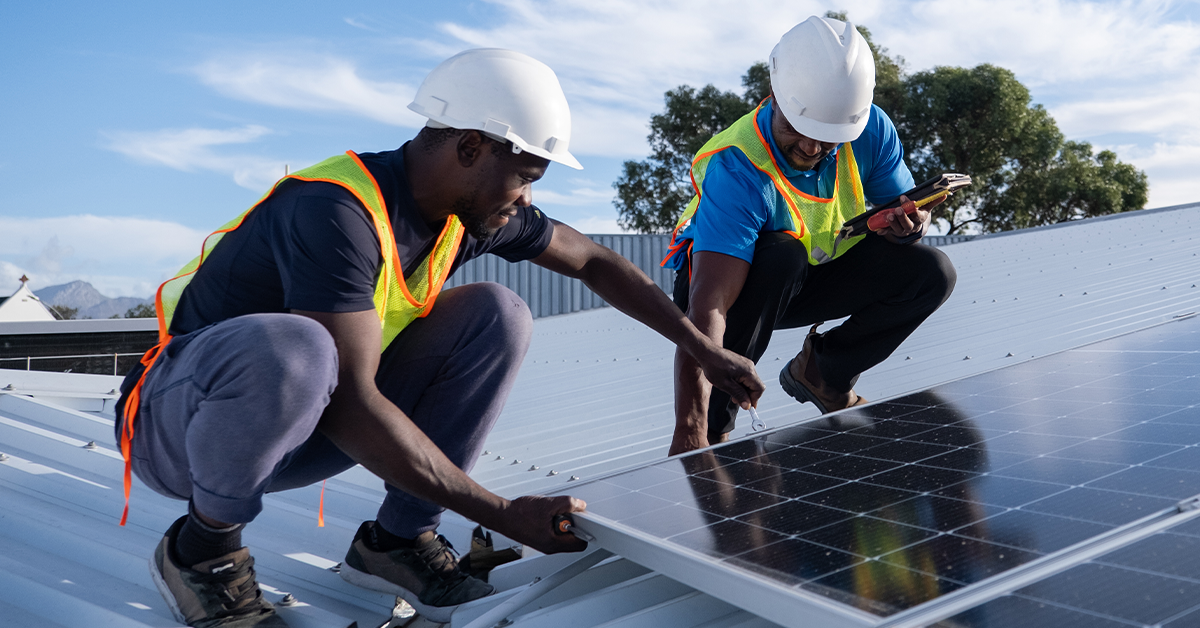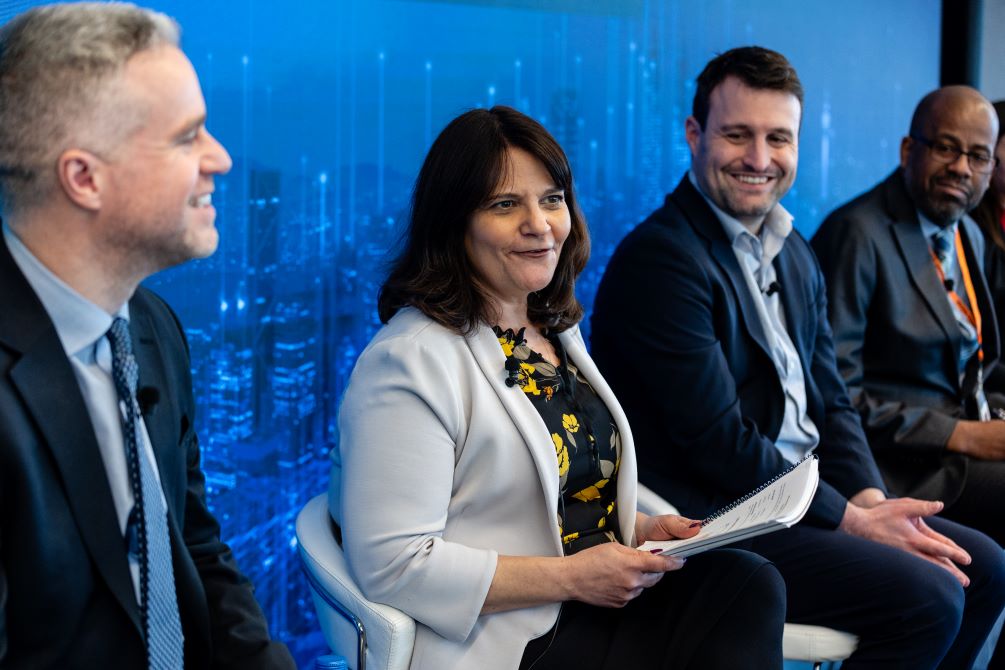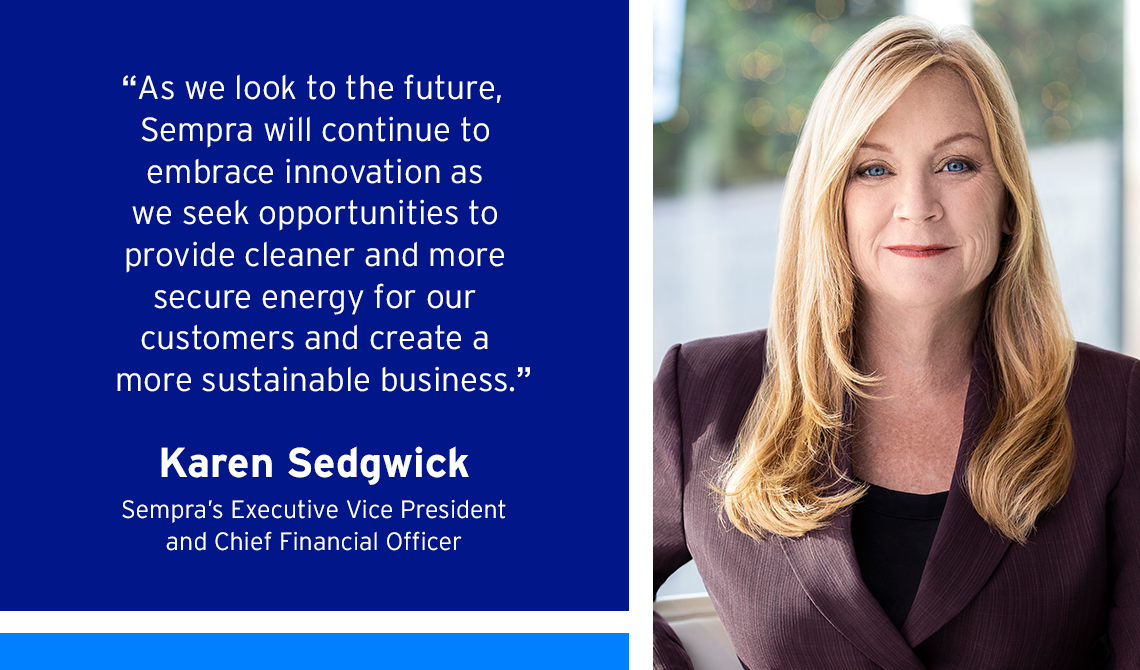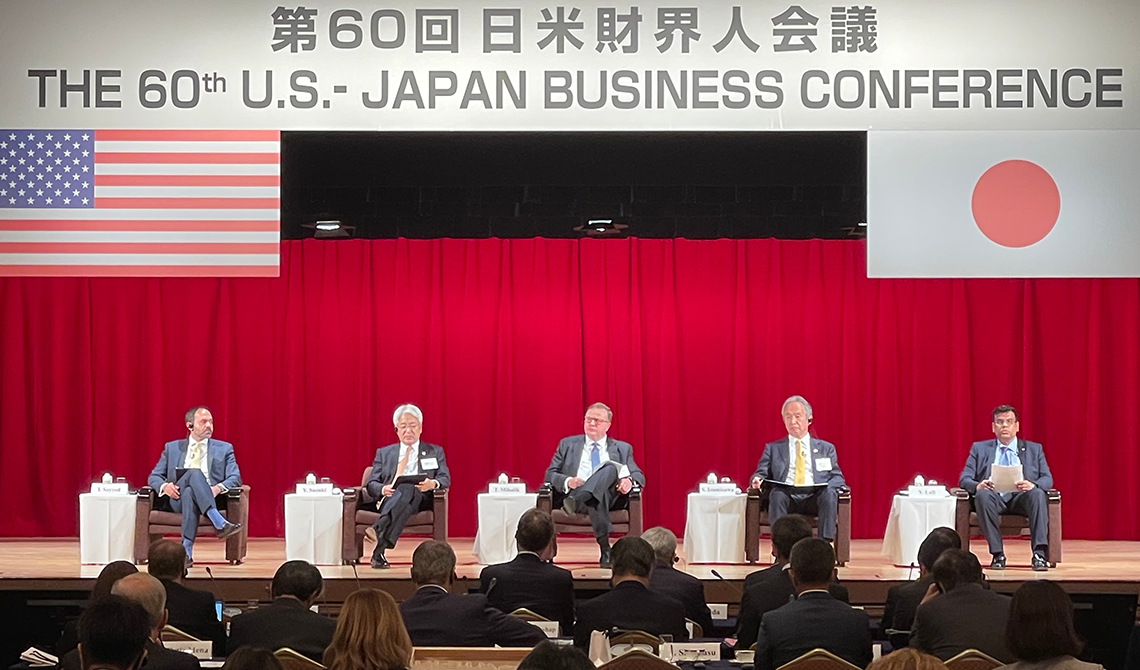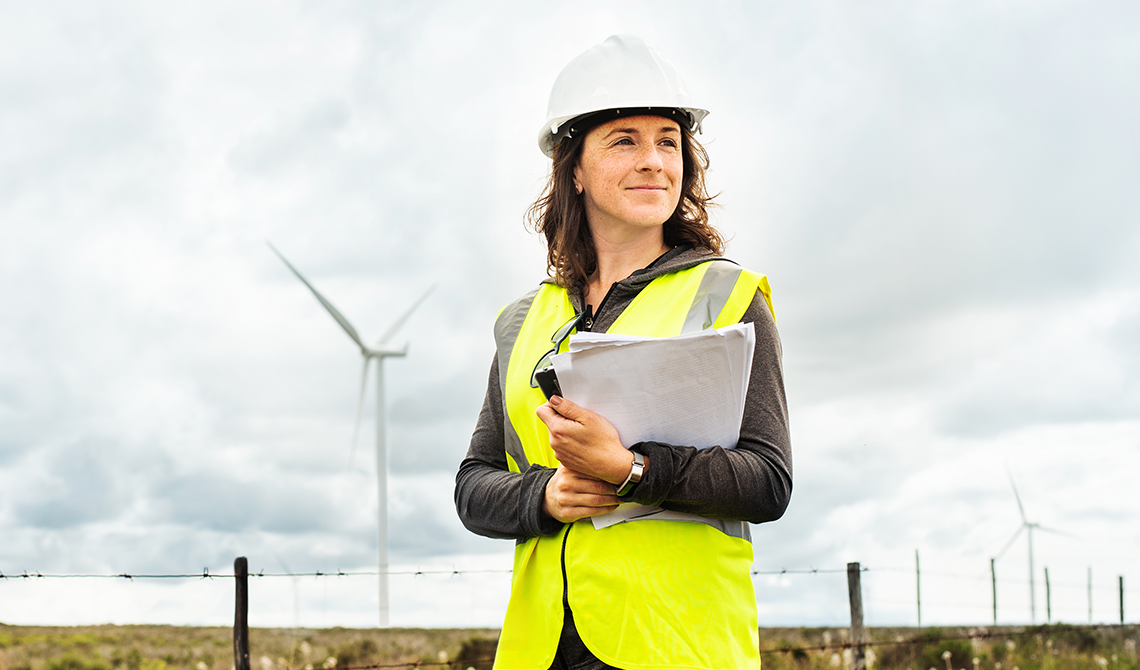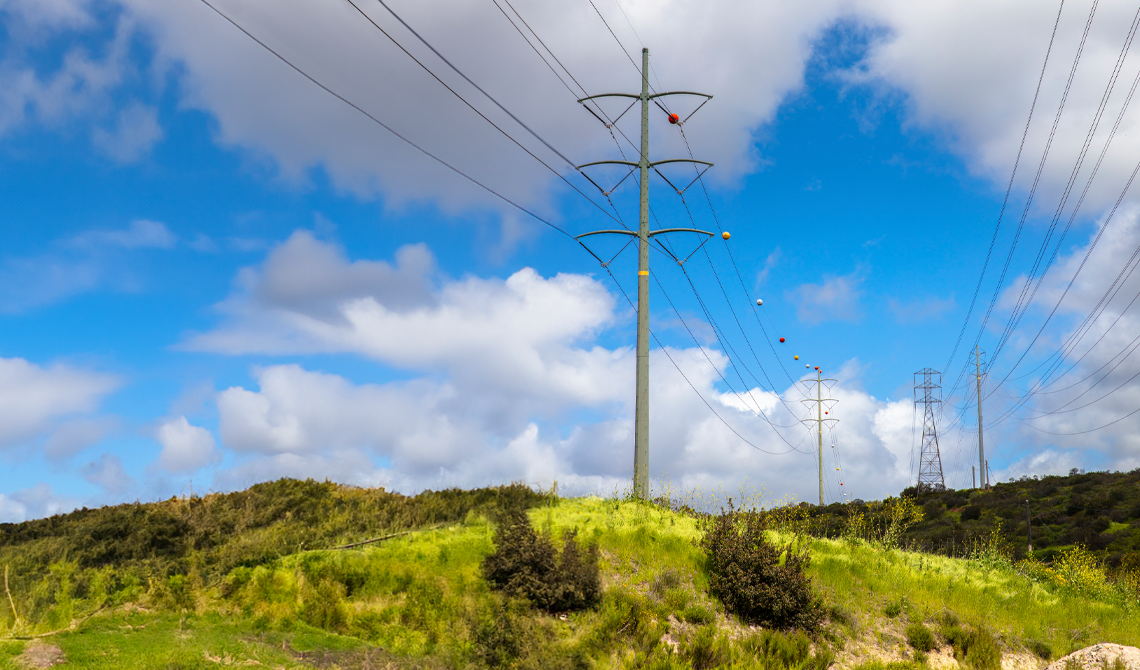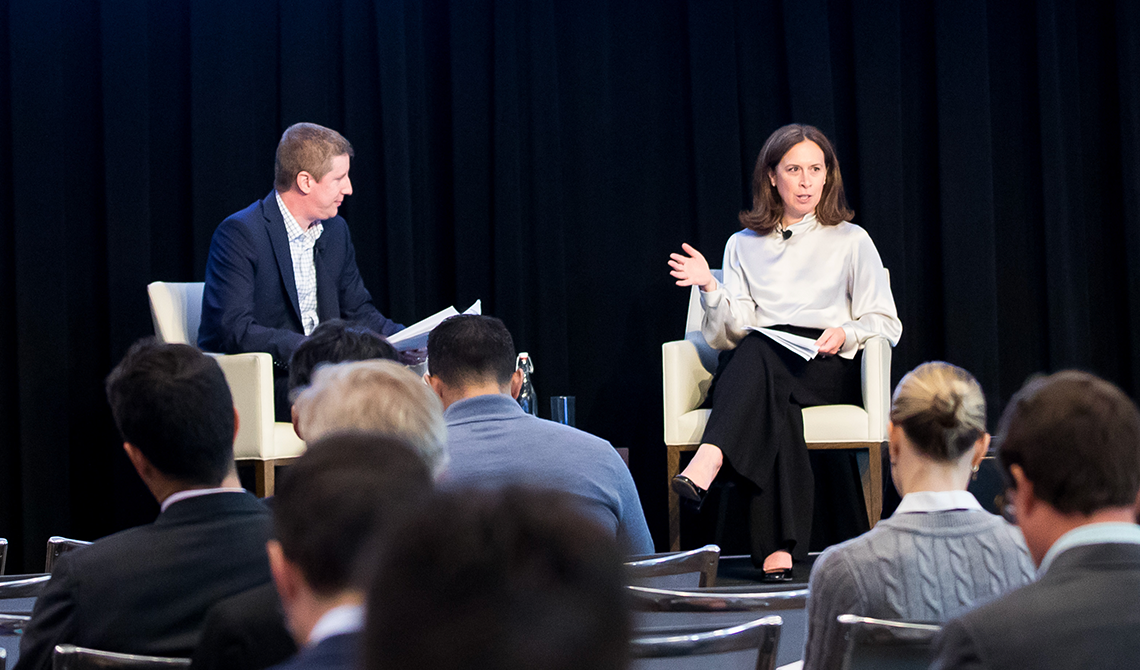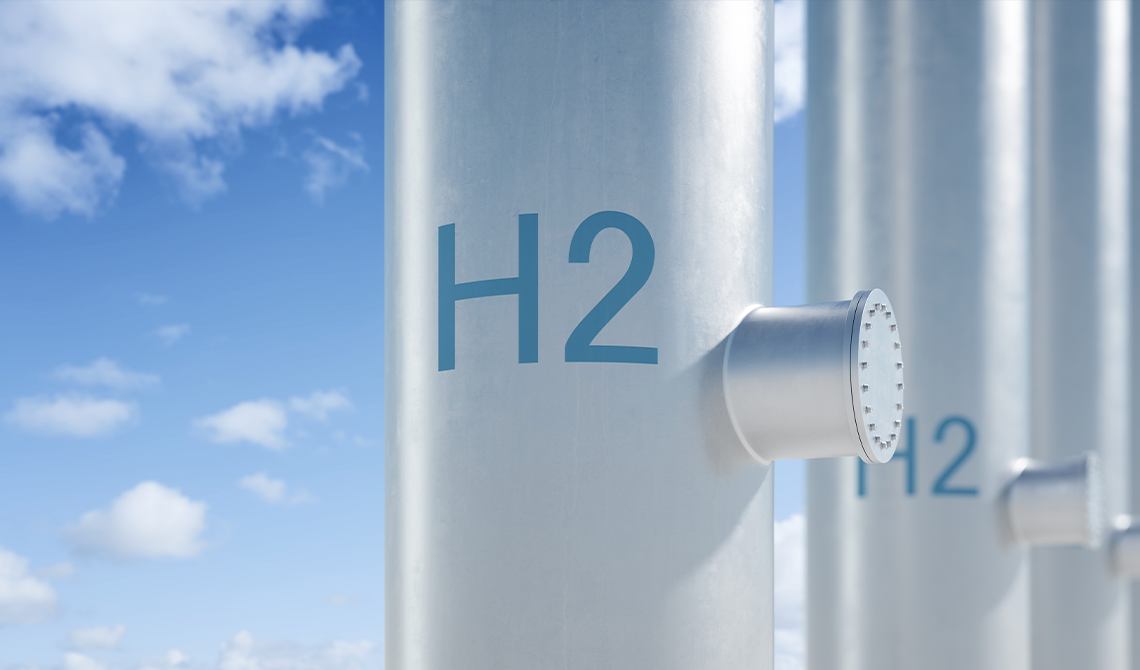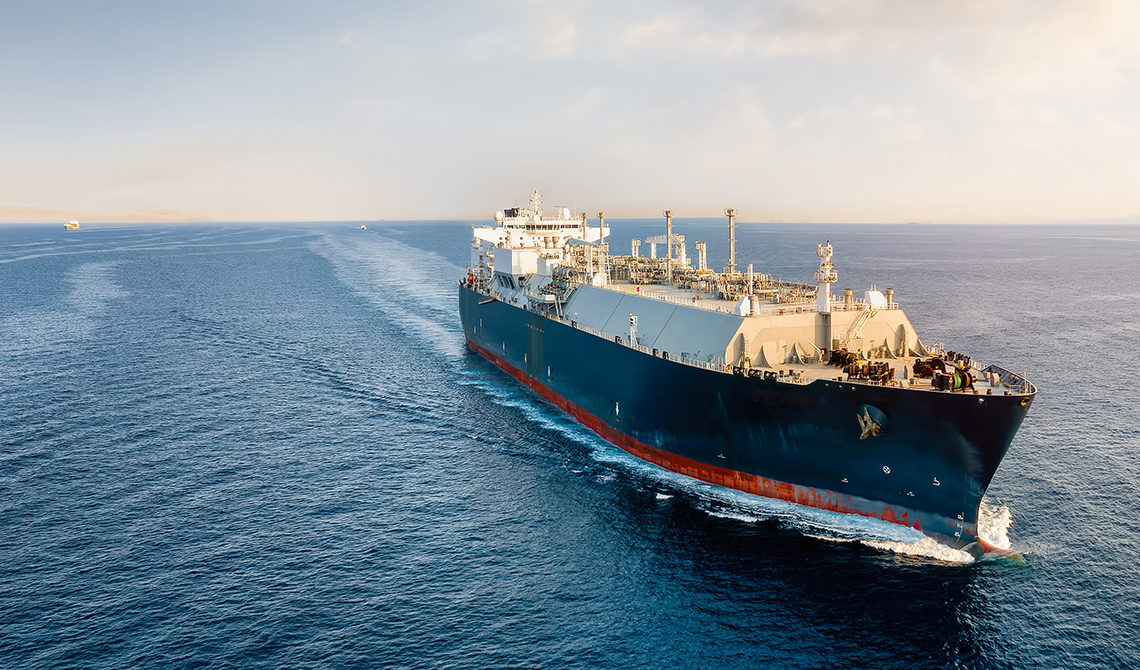 A more secure and cleaner energy future could be on the horizon with the recent announcement by Sempra Infrastructure, a subsidiary of Sempra. Sempra Infrastructure plans to evaluate a possible Gulf Coast project that would produce around 130,000 tons of e-natural gas per year.
A more secure and cleaner energy future could be on the horizon with the recent announcement by Sempra Infrastructure, a subsidiary of Sempra. Sempra Infrastructure plans to evaluate a possible Gulf Coast project that would produce around 130,000 tons of e-natural gas per year.
The proposed project comes at a time when global leaders are calling for an increase in energy supply, particularly from North America as the supply dwindles in other parts of the world. Multiple studies also point that the demand for energy will only increase further as more economies look to electrify and decarbonize.
The project — which is currently being evaluated through a consortium comprised of Sempra Infrastructure, Tokyo Gas Company, Ltd., Osaka Gas Company, Ltd., Toho Gas Company., Ltd. and Mitsubishi Corporation — focuses on supporting decarbonization goals in Japan. However, it could also serve as the first link of an international supply chain of carbon-neutral liquified e-natural gas — helping to address global energy challenges.
What is e-natural gas?
E-natural gas, also known as e-methane, is a carbon neutral synthetic natural gas derived from renewable hydrogen and recycled carbon dioxide. The renewable hydrogen and carbon are piped into a methanation plant, where they are combined using heat, pressure and a catalyst such as nickel. Once produced, e-natural gas is chemically indistinguishable from the natural gas that flows through the U.S. gas pipeline network today. In other words, it can be placed into existing gas networks and systems (e.g., pipelines, storage, liquefaction and regasification) without building new infrastructure — making it a prime potential (lower emission/carbon neutral) solution for fulfilling global energy demand.
E-natural gas is likely to be considered carbon neutral because it could be produced using hydrogen powered by renewables and recycled carbon as feedstock. The source of carbon for e-natural gas production is envisioned to be captured from industrial emitters, hence no new carbon emissions would be created from the production of e-natural gas.
Why is e-natural gas important?
For this proposed Sempra Infrastructure project — which could serve as a model for similar projects in the future — the e-natural gas would be used to help Japan reduce overall emissions intensity, helping meet the Japanese city gas companies’ goal to replace 1% of their LNG demand with e-natural gas by 2030. METI, Japan’s energy ministry, will soon be deliberating on whether to formally adopt this goal into Japan’s overall energy targets to have e-natural gas meet 90% of Japan’s natural gas needs by 2050.
This article contains statements that constitute forward-looking statements within the meaning of the Private Securities Litigation Reform Act of 1995. Forward-looking statements are based on assumptions with respect to the future, involve risks and uncertainties, and are not guarantees. Future results may differ materially from those expressed or implied in any forward-looking statement. These forward-looking statements represent our estimates and assumptions only as of the date of this article. We assume no obligation to update or revise any forward-looking statement as a result of new information, future events or otherwise.
In this article, forward-looking statements can be identified by words such as “believes,” “expects,” “intends,” “anticipates,” “contemplates,” “plans,” “estimates,” “projects,” “forecasts,” “should,” “could,” “would,” “will,” “confident,” “may,” “can,” “potential,” “possible,” “proposed,” “in process,” “construct,” “develop,” “opportunity,” “initiative,” “target,” “outlook,” “optimistic,” “poised,” “maintain,” “continue,” “progress,” “advance,” “goal,” “aim,” “commit,” or similar expressions, or when we discuss our guidance, priorities, strategy, goals, vision, mission, opportunities, projections, intentions or expectations.
Factors, among others, that could cause actual results and events to differ materially from those expressed or implied in any forward-looking statement include risks and uncertainties relating to: California wildfires, including potential liability for damages regardless of fault and any inability to recover all or a substantial portion of costs from insurance, the wildfire fund established by California Assembly Bill 1054, rates from customers or a combination thereof; decisions, investigations, inquiries, regulations, denials or revocations of permits, consents, approvals or other authorizations, renewals of franchises, and other actions by (i) the California Public Utilities Commission (CPUC), Comisión Reguladora de Energía, U.S. Department of Energy, U.S. Federal Energy Regulatory Commission, Public Utility Commission of Texas, and other governmental and regulatory bodies and (ii) the U.S., Mexico and states, counties, cities and other jurisdictions therein and in other countries where we do business; the success of business development efforts, construction projects and acquisitions and divestitures, including risks in (i) being able to make a final investment decision, (ii) completing construction projects or other transactions on schedule and budget, (iii) realizing anticipated benefits from any of these efforts if completed, and (iv) obtaining the consent or approval of third parties; litigation, arbitrations, property disputes and other proceedings, and changes to laws and regulations, including those related to the energy industry in Mexico; cybersecurity threats, including by state and state-sponsored actors, of ransomware or other attacks on our systems or the systems of third parties with which we conduct business, including the energy grid or other energy infrastructure, all of which have become more pronounced due to recent geopolitical events; our ability to borrow money on favorable terms and meet our obligations, including due to (i) actions by credit rating agencies to downgrade our credit ratings or place those ratings on negative outlook or (ii) rising interest rates and inflation; failure of foreign governments, state-owned entities and our counterparties to honor their contracts and commitments; the impact on affordability of San Diego Gas & Electric Company’s (SDG&E) and Southern California Gas Company’s (SoCalGas) customer rates and their cost of capital and on SDG&E’s, SoCalGas’ and Sempra Infrastructure’s ability to pass through higher costs to customers due to (i) volatility in inflation, interest rates and commodity prices, (ii) with respect to SDG&E’s and SoCalGas’ businesses, the cost of the clean energy transition in California, and (iii) with respect to Sempra Infrastructure’s business, volatility in foreign currency exchange rates; the impact of climate and sustainability policies, laws, rules, regulations, disclosures and trends, including actions to reduce or eliminate reliance on natural gas, increased uncertainty in the political or regulatory environment for California natural gas distribution companies, the risk of nonrecovery for stranded assets, and our ability to incorporate new technologies; weather, natural disasters, pandemics, accidents, equipment failures, explosions, terrorism, information system outages or other events that disrupt our operations, damage our facilities or systems, cause the release of harmful materials or fires or subject us to liability for damages, fines and penalties, some of which may not be recoverable through regulatory mechanisms or insurance or may impact our ability to obtain satisfactory levels of affordable insurance; the availability of electric power, natural gas and natural gas storage capacity, including disruptions caused by failures in the transmission grid, pipeline system or limitations on the withdrawal of natural gas from storage facilities; Oncor Electric Delivery Company LLC’s (Oncor) ability to reduce or eliminate its quarterly dividends due to regulatory and governance requirements and commitments, including by actions of Oncor’s independent directors or a minority member director; changes in tax and trade policies, laws and regulations, including tariffs, revisions to international trade agreements and sanctions, any of which may increase our costs, reduce our competitiveness, impact our ability to do business with certain counterparties, or impair our ability to resolve trade disputes; and other uncertainties, some of which are difficult to predict and beyond our control.
These risks and uncertainties are further discussed in the reports that Sempra has filed with the U.S. Securities and Exchange Commission (SEC). These reports are available through the EDGAR system free-of-charge on the SEC’s website, sec.gov, and on Sempra’s website, sempra.com. Investors should not rely unduly on any forward-looking statements.
Sempra Infrastructure, Sempra Infrastructure Partners, Sempra Texas, Sempra Texas Utilities, Oncor and Infraestructura Energética Nova, S.A.P.I. de C.V. (IEnova) are not the same companies as the California utilities, SDG&E or SoCalGas, and Sempra Infrastructure, Sempra Infrastructure Partners, Sempra Texas, Sempra Texas Utilities, Oncor and IEnova are not regulated by the CPUC.
